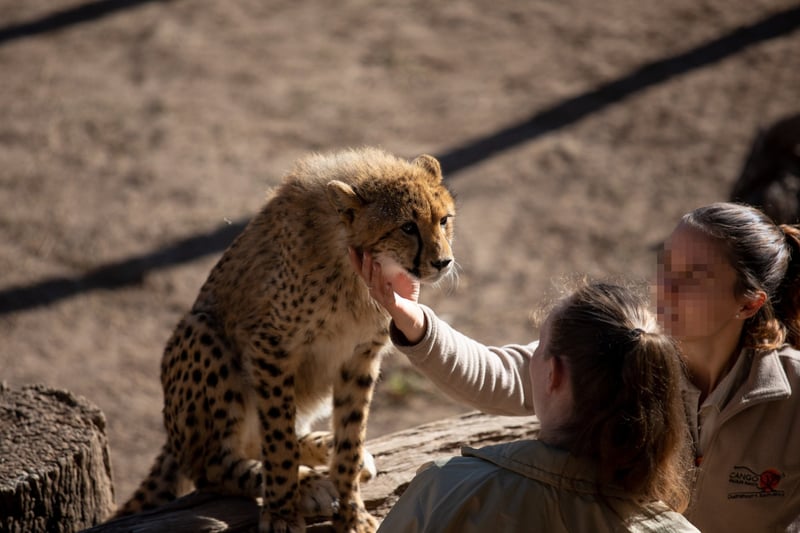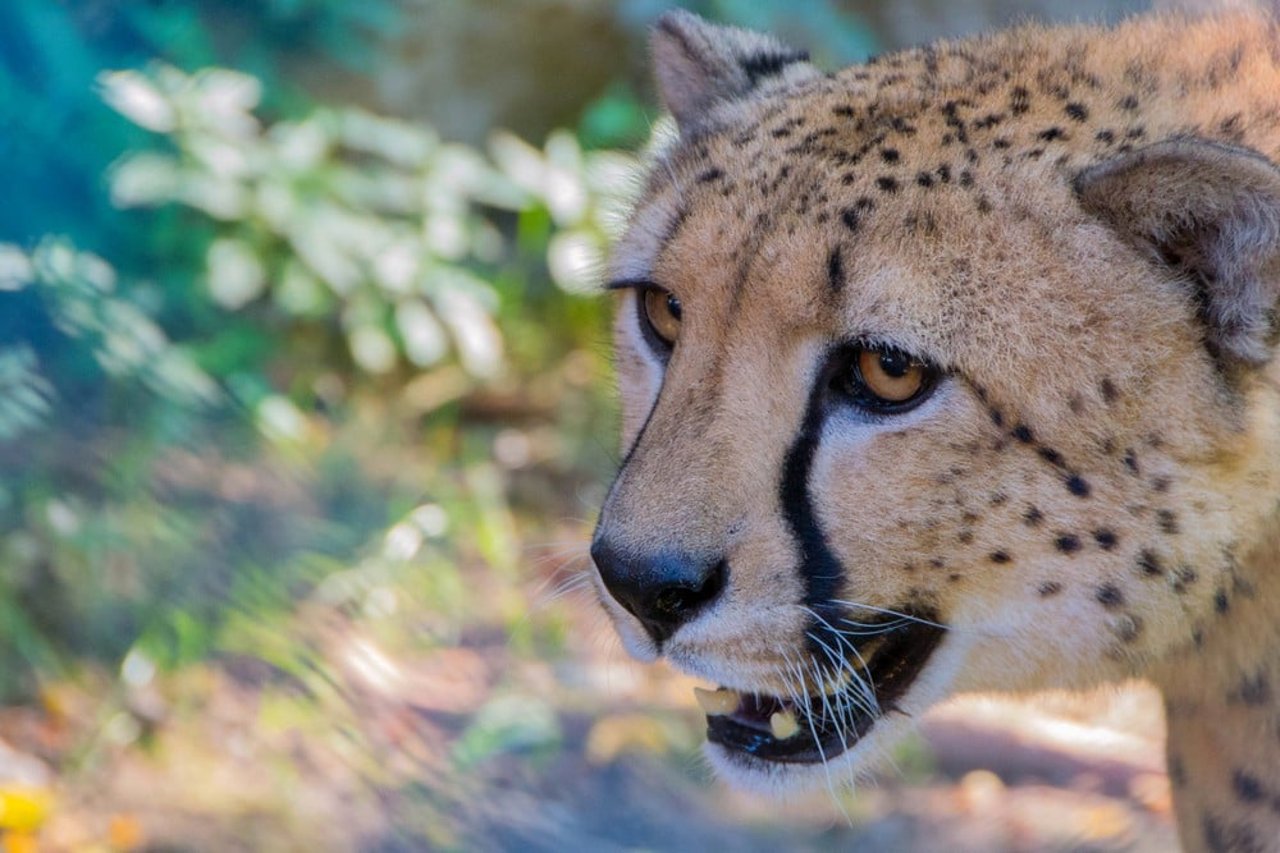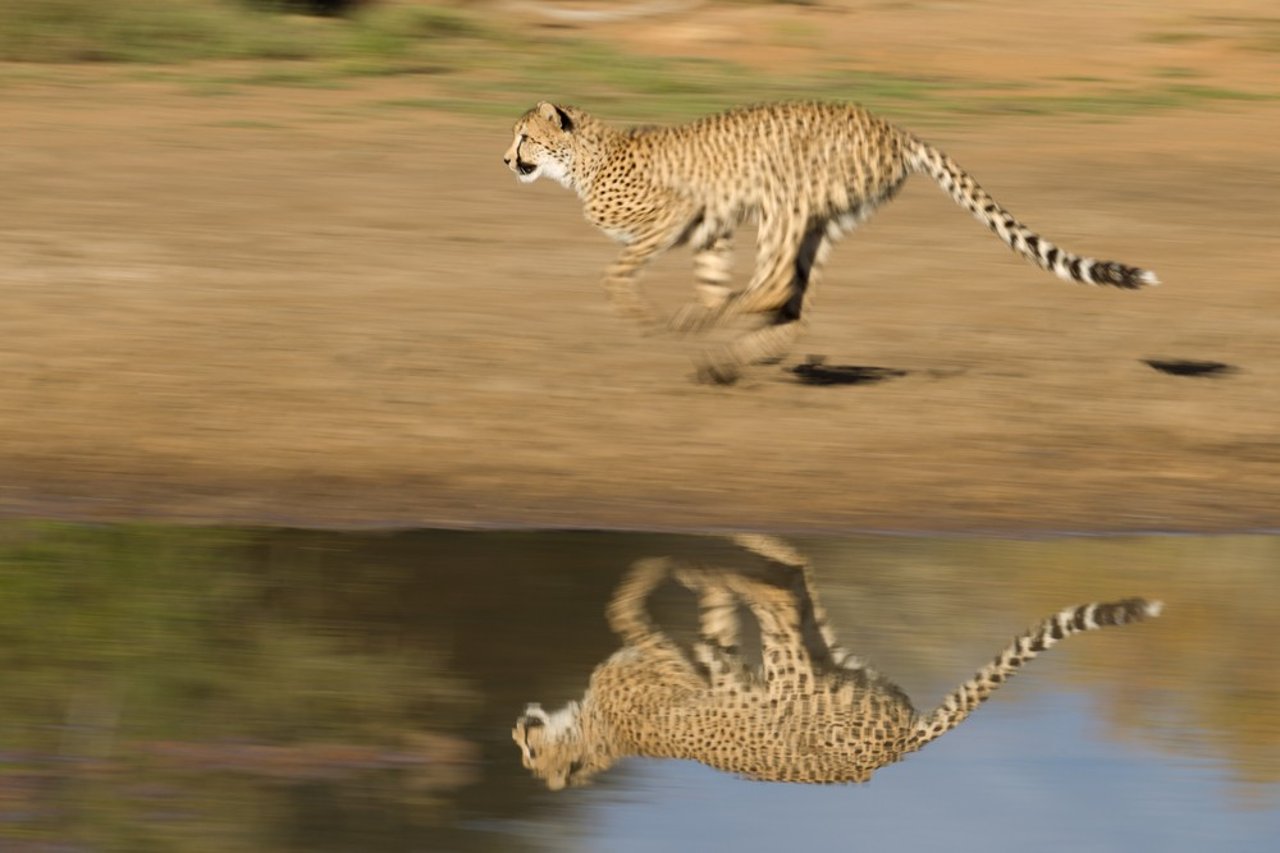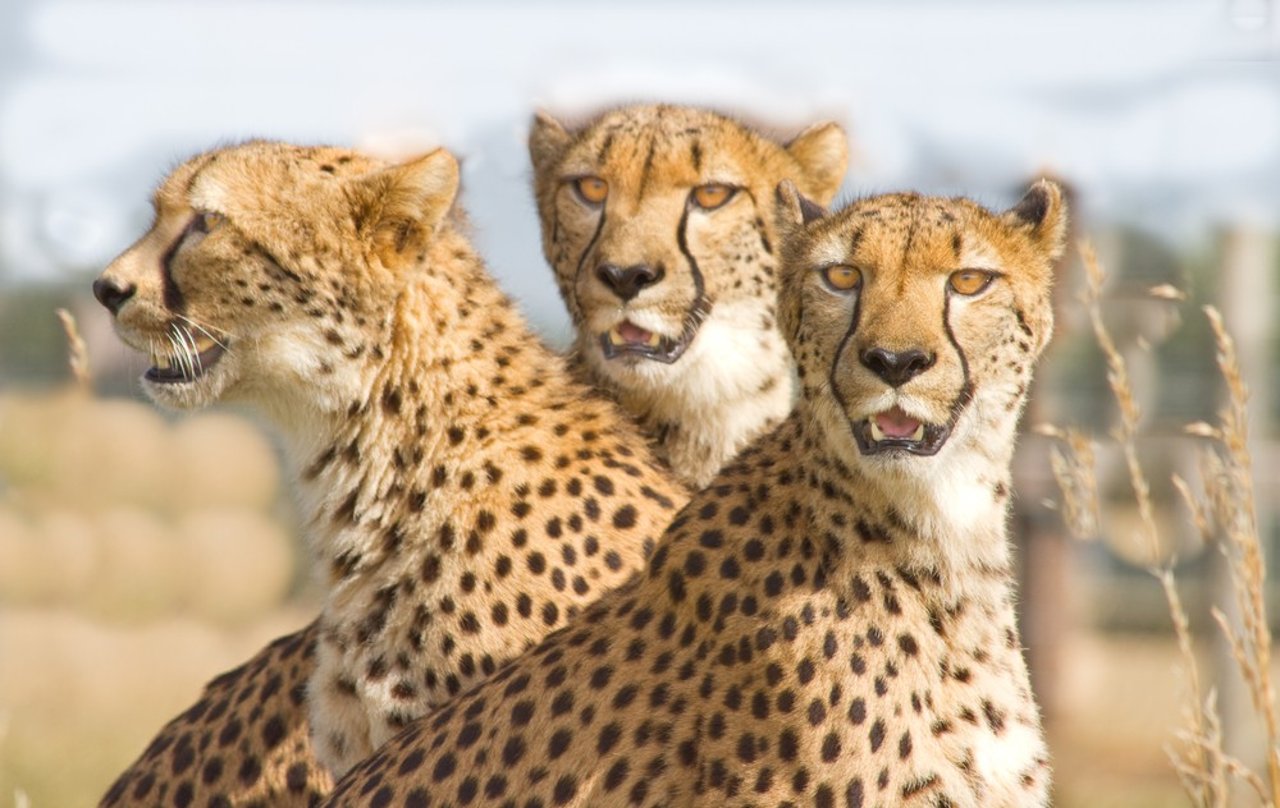
After the extinction of the animal caused by unrelenting hunting and habitat destruction in this country, plans have been prepared to reintroduce the animal in India, especially since the early 2000s.
Bringing back the extinct Cheetah to India
On 28 January 2020, the Supreme Court of India gave the go-ahead for bringing back the extinct Cheetah to India. The news has brought a tsunami of reactions from all sections of society regarding the feasibility and nature of the project. These are all legitimate and logical reasons and it is worth going through some of them, if only for the sake of indulging in a debate on what is clearly a controversial undertaking. Cheetah, derived from the Sanskrit word, ‘Chitraka’, meaning speckled, is said to be the only mammal hunted to extinction in modern India. The prospect of having imported African Cheetahs running free in the grasslands of India brings both optimism and pessimism in its wake.
The history
It is believed that the last three Cheetahs in India were shot down in 1947, by Maharaja Ramanuj Pratap Singh Deo of Koriya, in modern Chattisgarh. Cheetahs were popular pets in the Mughal era and Akbar is stated to have more than one thousand Cheetahs that he used for hunting Blackbuck and Chinkara. His son Jahangir is reported to have achieved the first captive birth of a Cheetah in captivity. Cheetahs were also kept in captivity in colonial India where they were used for hunting for princes and visiting royalty.
The extinction and reintroduction of the animal
After the extinction of the animal caused by unrelenting hunting and habitat destruction in this country, plans have been prepared to reintroduce the animal in India, especially since the early 2000s. After considerations of bringing Cheetahs from Iran hit a roadblock, it was decided to import African Cheetahs in India going by recommendations of Indian and foreign experts. The matter went to the Supreme Court of India, India’s highest legal body that cleared the reintroduction plan last month.
Places where Cheetahs would be released in India
Experts had suggested a number of protected areas where Cheetahs could be released in India. These include Kuno-Palpur and Nauradehi Wildlife Sanctuary in Madhya Pradesh, Velavadar National Park in Gujarat and Shahgarh in Rajasthan. However sceptics point out that these sites may not be suitable for the intended release, citing many factors, including lack of space and the real possibility of man animal conflict that could lead to not only the reintroduced Cheetahs being killed but other wild animals being victimised in the vicinity. It is true that Cheetahs, like other wild cats, have come into conflict with humans in parts of their natural range in Africa in Namibia and Zimbabwe.
Monitoring the reintroduced animals is going to be both cost and time intensive
There are also concerns that African Cheetahs are substantively different from Asiatic Cheetahs that were found in India before they went extinct. These differences could be genetic and also of habitat. It does come as a surprise that conservationists, who very often speak about the genetic integrity of species and subspecies have agreed to substitute the Asiatic Cheetah with the African Cheetah in this reintroduction scheme. There are worries that the newfound attention on the Cheetah may drive both attention and resources away from wildlife protection efforts that are already struggling to protect endangered animals and plants in India. It will also be a long time before the reintroduced animals can breed well enough to form a thriving population in India. So monitoring the reintroduced animals is going to be both cost and time intensive. It can be done, despite the nagging worry that that monitoring might be a distraction from India’s current wildlife conservation efforts.
The journey of Saba and Nairo
One argument being proposed for the Cheetah in India is that it may highlight attention on grasslands that are required to sustain the species in India and this is a reasonable line of thought. However, the counter thought is also inescapable, that is, whether the imported animals from Africa will be able to adjust to an alien environment and if the grasslands of India can provide African Cheetahs the space they are used to from the source country.
Interestingly, this project comes at a time when a world first on captive Cheetah release is taking place at the behest of the Aspinall Foundation in England. Two and a half year old Cheetahs, Saba and Nairo, are undertaking the transcontinental journey from Howletts Zoo in Kent in England to South Africa. The captive bred pair from Howletts Zoo will first settle in at Ashia's Cheetah Center in South Africa's Western Cape before transfer to Mount Camdeboo Private Game Reserve, a 14,000 hectare property in Great Karoo. Damian Aspinall, who is the head of Aspinall Foundation founded by his father, John Aspinall, is of the opinion that no wild animal should be held in captivity without a proper plan of reintroduction and is in favour of phasing out all zoos, including his own, over the next thirty years.
Saba and Nairo are undertaking a journey into the unknown and there are sceptics of this project, just like there are for other release projects of the Aspinall Foundation, including Gorillas in Gabon. There is no doubt that this project is beset by many risks and the chances of failure are real. However, that is not to say that it cannot be done or ought not to be done. It is true that reintroduction projects are costly and time consuming, with considerable odds at stake for both the animals undergoing the release as well for the time, energy and money that accompany each scheme, not to speak of the impact on the intended reintroduction site and the source of the animals. Nonetheless, the risks associated with any scheme do not guarantee a total no no or ruling out of any reintroduction projects, including the proposed Cheetah reintroduction project in India. This also brings to book a point that even if one disagrees with a project, both philosophically and scientifically, it is not desirable to wish it to fail, on the grounds of, “We told you so.”
Will the ambitious Cheetah release project succeed in India?
Of course, as with any wildlife protection initiative, a thorough study has to be undertaken before a reintroduction initiative is put into practice. Opinion is divided on whether it has been properly done in India to merit the release of African savannah animals in a country with one billion human beings jostling for space with wild animals. Will the ambitious Cheetah release project succeed in India bearing all the above points in mind? For the sake of the animals, I fervently hope so, but I am not holding my breath.
Of course, as with any wildlife protection initiative, a thorough study has to be undertaken before a reintroduction initiative is put into practice. Opinion is divided on whether it has been properly done in India to merit the release of African savannah animals in a country with one billion human beings jostling for space with wild animals.


